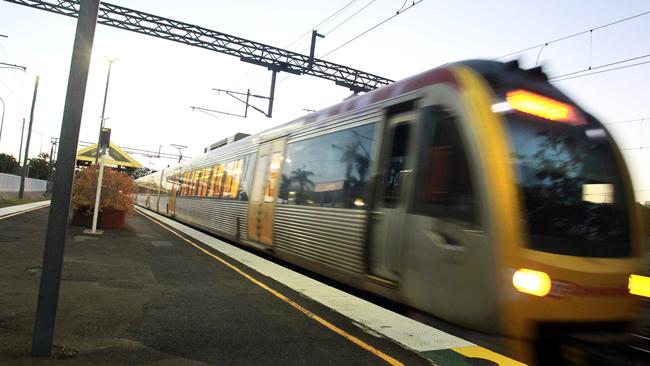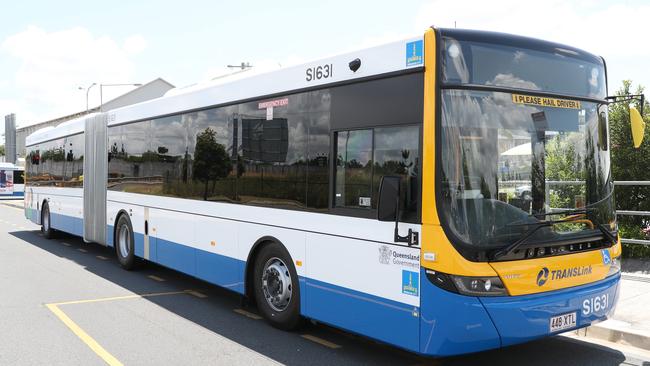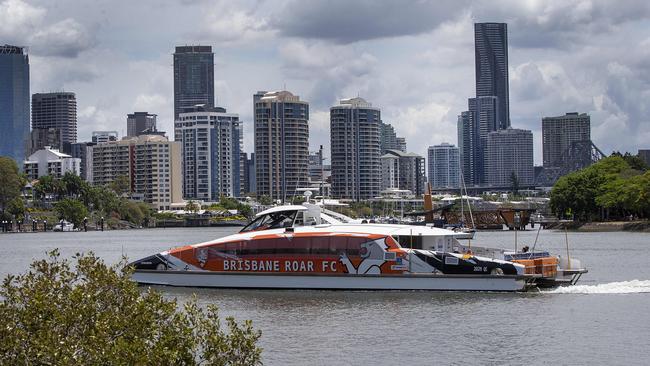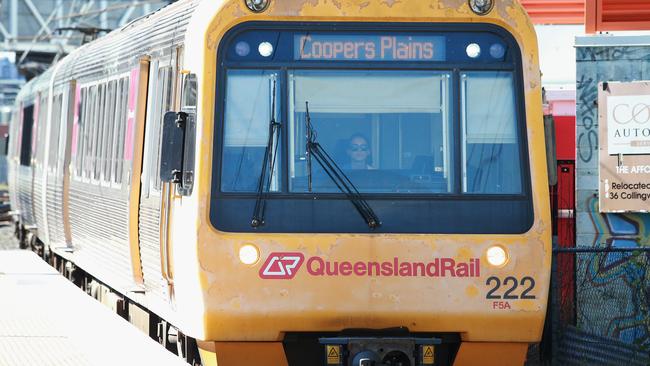Brisbane has worst public transport compared to Melbourne, Sydney and Perth says report
Brisbane has the worst public transport access of Australia’s four major capitals. So says an interstate report that puts Kilcoy and Boonah on the same level as West End and New Farm.

South West
Don't miss out on the headlines from South West. Followed categories will be added to My News.
BRISBANE has the worst public transport access of Australia’s four major capitals says an interstate report that puts Kilcoy and Boonah on the same level as West End and New Farm.
Scorecard and priority recommendations for Brisbane examined liveability indicators in Greater Brisbane, as defined by the Australian Bureau of Statistics.
That means it included usual suspects Brisbane, Logan, Ipswich and the Redlands and all or part of rural and regional areas Somerset, Lockyer Valley, and the Scenic Rim.
It stated only 12 per cent of residences in this vast area have access to a nearby public transport stop with a service at least every 30 minutes.
It’s lower than Melbourne at 36 per cent, Sydney at 35 per cent and Perth at 18 per cent.
However, 61 per cent of ‘Brisbane’ residences are within 400m of a public transport stop with a less frequent service.
Greater Brisbane takes up about 1,584,196ha and has a population of 2,413,457 while Greater Sydney takes up less space at 1,236,819.3ha but has a population of 5,132,355.

Lead report author Dr Lucy Gunn from the Healthy Liveable Cities Group at the RMIT Centre for Urban Research said greater Brisbane’s public transport was “not connected well to people’s everyday needs and activities”.
Dr Gunn said the scorecard results showed only 13 per cent of Brisbane suburbs had 15 dwellings or more per hectare and only 2 per cent had 30 dwellings or more.
“Our research shows 25 dwellings per hectare or higher is necessary to support active behaviours, such as walking and cycling, and public transport,” she said.
The report recommended the State and local governments “increase and fully implement” a minimum housing density of 25 dwellings per hectare in suburban neighbourhoods and 30 dwellings per hectare in urban neighbourhoods.

Minister for Transport and Main Roads Mark Bailey said Brisbane was spread over an area
about 3000 sqkm larger than Sydney but with less than half of Sydney’s population.
“So that decentralisation presents huge budgetary and logistical challenges to providing accessible public transport for every resident,” he said.
Mr Bailey said the Palaszczuk Government would deliver Cross River Rail in Brisbane City and was in early planning stages of the Sunshine Coast Rail Duplication.
He said the government had already delivered the $420 million Gold Coast Light Rail Stage Two, $163 million duplication of the Helensvale to Coomera rail line and the $1 billion Redcliffe-Peninsula rail line.

A Brisbane City Council spokesman stressed the report included other cities, including Logan and the Redlands, and the State Government was responsible for public transport planning.
He said “nearly all” residents in Brisbane City proper live within 400m of a bus stop, providing easy access to the high-frequency public transport network.
He did not respond to Dr Gunn’s comments about increasing housing density.
The report was a joint effort between RMIT, Australian Catholic University and University of Western Australia.


